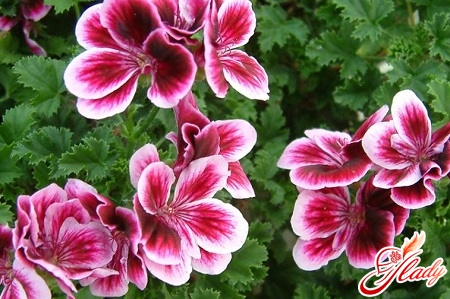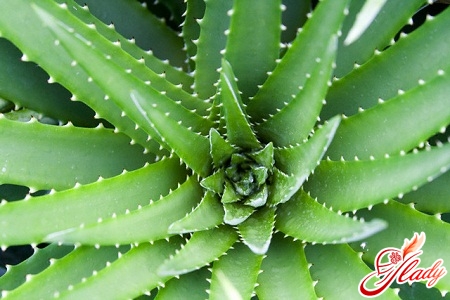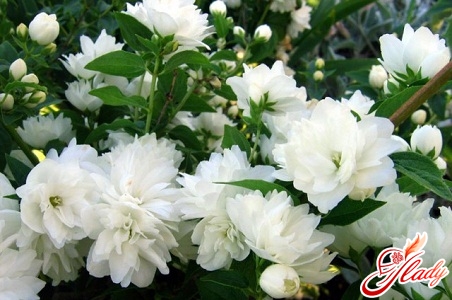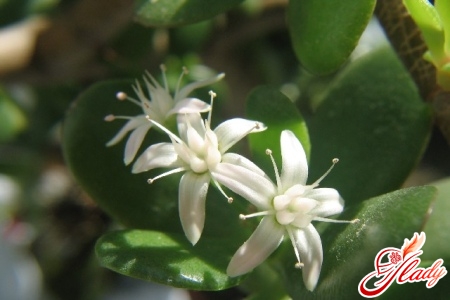 Every florist in any collection of roomThere are also delicate plants, very capricious specimens, and absolutely unpretentious flowers. The latter can safely be counted as a money tree (a fat woman). Not for nothing that the money tree is considered one of the most common indoor plants - it is really very hardy and even ascetic. Nevertheless, even an unpretentious money tree can get sick. Sometimes, it would seem, a perfectly healthy tree suddenly withers or begins to lose leaves, or even dies for unknown reasons. And the cause of the ailments of this green pet is both improper care and pest damage. Let's find out more about these reasons.
Every florist in any collection of roomThere are also delicate plants, very capricious specimens, and absolutely unpretentious flowers. The latter can safely be counted as a money tree (a fat woman). Not for nothing that the money tree is considered one of the most common indoor plants - it is really very hardy and even ascetic. Nevertheless, even an unpretentious money tree can get sick. Sometimes, it would seem, a perfectly healthy tree suddenly withers or begins to lose leaves, or even dies for unknown reasons. And the cause of the ailments of this green pet is both improper care and pest damage. Let's find out more about these reasons.
Disease of a money tree
The money tree can get sick as a resultimproper care. Tolstyanka - succulent, so most often the main cause of the most common disease - rotting roots - is excess watering. Outwardly this is manifested in yellowing and falling leaves. And an earlier signal becomes loss of elasticity of the leaves. So, if the leaves of your cash tree have become soft, then drastically reduce its watering. If this measure does not help, and the tree continues to stagnate, then it must be transplanted. Extract the plant from the pot, free the roots from the soil and rinse them in warm running water. Let the roots dry completely and inspect. If you find rotten roots, then cut them with a sharp knife, and place the cuts powder with charcoal. After that, transplant the money tree into a new pot with fresh earth and immediately after the transplant do not water the plant. If you find out during the inspection that not only the roots began to rot, but also the base of the trunk, then such a tree will not be resuscitated. Fungal infections of the money tree is very rarely affected. But it happens and such an attack. A clear sign of a fungal disease is white, brown or brown spots on the leaves. For the treatment of fungal infection, it is sufficient to treat the money tree with special preparations, strictly following the instructions on the packages. But the black circles on the leaves - a sign of sunburn. To prevent their appearance, the plant simply needs to be shaded from the direct sun. By the way, followers of the Feng Shui teachings claim that the money tree can become ill and because of mental disorder or the depressed state of its owner. However, to agree or not with this esoteric postulate is your business. But many growers are sure that the soul of the plant and the soul of the person who raised it are in close connection. So it is possible that the unhealthy state of your money tree is not a disease at all, but a reaction to your emotional discomfort. 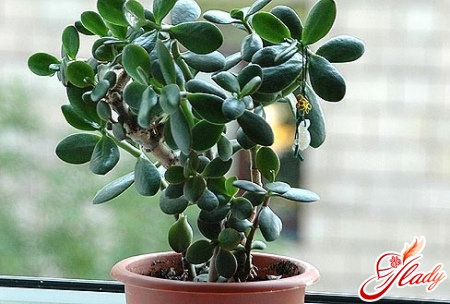
Money tree pests
As we have already said, the money tree is very illrarely. It is rare enough to be affected by pests. There are no special insects that favor this kind of houseplants. Most often on the money tree live common scabbards, spider mites and mealybugs. It is important only in time to notice the fact of defeat, to recognize the pest and to conduct the correct treatment. Shield is considered the most dangerous pest of indoor plants. And its main danger is the inability to recognize the pest at the early stages of the defeat. As a rule, the flower growers discover the first obvious signs of damage already at the time of appearance of yellow or red-brown spots on the leaves. When examining the damaged leaves at the base of the petioles and on the back of the leaf, you can see the scales themselves. Control measures with shields.
- Mechanical removal. Insects are scraped off leaves and stems, pre-lubricating the scabs with kerosene or alcohol.
- The money tree is treated with tobacco infusion or a soapy solution. To do this, use a moistened cotton swab.
- Rinse the treated leaves and stems with clean water (also using a tampon).
- Process the plant with an insecticidal drug of a broad spectrum of action (according to the instructions).
Spider mites are also considered difficult to extractpest. The first signs of defeat - the appearance of small yellowish spots on the leaves. In the later stages of the lesion, one can see between the leaves a web and the insects themselves. It is difficult to fight this pest because of its adaptability to the action of insecticides. For effective control, it is recommended to alternate different preparations of a wide spectrum of action, and also to process the plant with infusion of tobacco and garlic or to wash the leaves with a soap solution. In addition, it will be useful to treat all neighboring plants, the pot itself, as well as surfaces located near the infected money tree. This is done in order to destroy eggs laid by the mite. Powdery mulberry is also dangerous for the money tree, as it feeds on the juice of leaves and young green shoots. As a result, the tree first slows growth, then the shoots warp, then the leaves and twigs wither and fall off. The symptom of infection by mealybug is the deposits in the axils of the leaves, reminiscent of the appearance of cotton wool. Subsequently, the soot fungi develop on the infected tree. At the initial stage of infection parasites are cleaned with a soft brush, and the money tree itself is treated with a soap solution (as in the case of the fight with a scabbard). After that, for a month every ten days, the plant is sprayed with infusion of tobacco or garlic, decoction of cyclamen tubers or a solution of green soap. If these measures prove to be ineffective, then special insecticides are used. If any pests are affected, and if there are obvious signs of other diseases, the money tree must be transplanted. The transplant is carried out only in a new or disinfected flowerpot and only in a new soil mixture. To care for the plant after transplantation continue in the former regime. And yet, the money tree is really unpretentious, very hardy and immune to infections. And if you properly take care of it, then most likely all diseases will bypass your pet side. We advise you to read:




